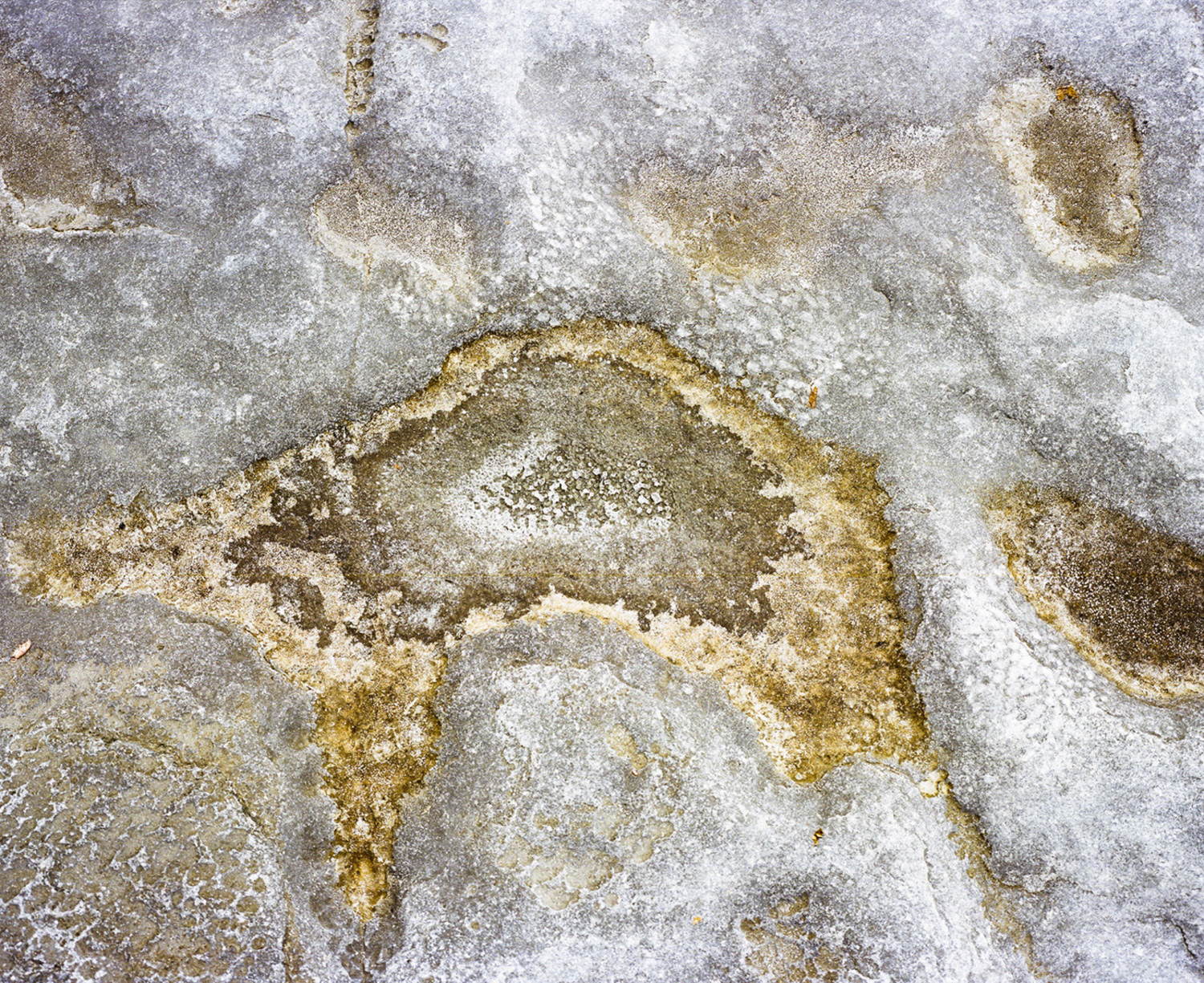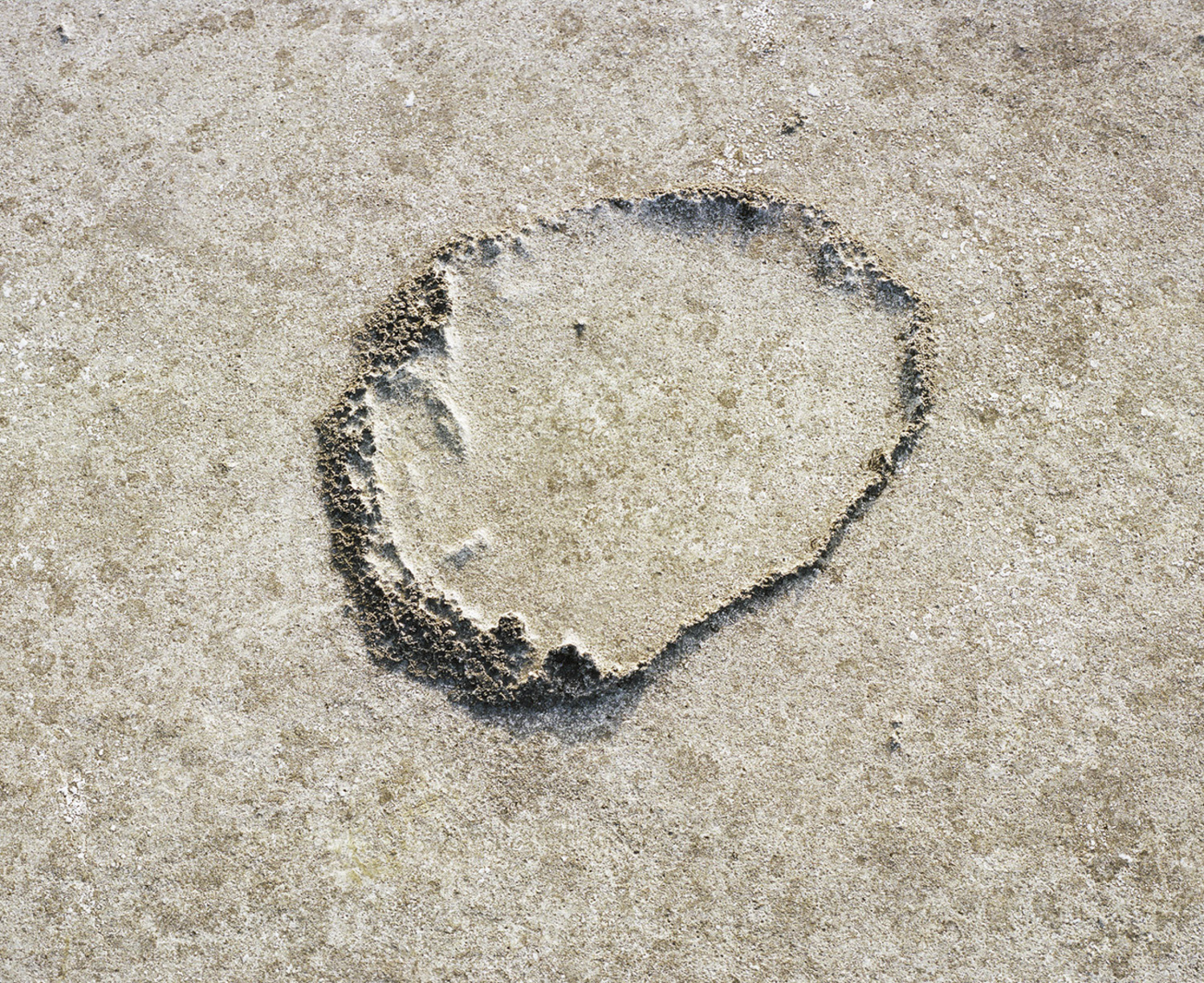The thousand year old boy
Year: 2015
In 2006, a group of cavers made significant archaeological discoveries in a cave located in the Burren, a unique limestone landscape in the west of Ireland. Among the findings was a poignant revelation: the skeleton of a child dating back 3,000 years to the Bronze Age. The archaeologists were able to extract DNA from these remains and tested it against samples from 150 children at a local school. Remarkably, one boy was found to be an exact match, and the cave containing the discoveries was situated on the boundary of his family's farm.
This story captivated me and prompted me to wonder whether a landscape can hold the individual and collective stories of those who traverse it. Can a landscape encapsulate the narratives of this one boy and the generations that followed him, carrying his DNA? Is this rugged terrain merely compressed time, composed of fragmented lives, both organic and inorganic?
In my work, I embrace the concept of the "adequate step," introduced by writer Tim Robinson. This idea suggests that each step taken in a landscape serves as a note that records its geology, biology, myths, history, and politics. It allows for the existence of an allegorical landscape, rich with intangible elements. Tim Robinson's map of the Burren served as my guide to chart my own "adequate step," a journey that explores the layers of history and memory woven into the landscape.
The thousand-year-old child explores the Burren as an ancient place, a landscape that silently witnesses the lives of those who came before, cradling their memories and stories.
The title refers to an experimental piece by Roger Doyle, an Irish composer whose music delves into imagined worlds — spanning the past, present, and future.

















